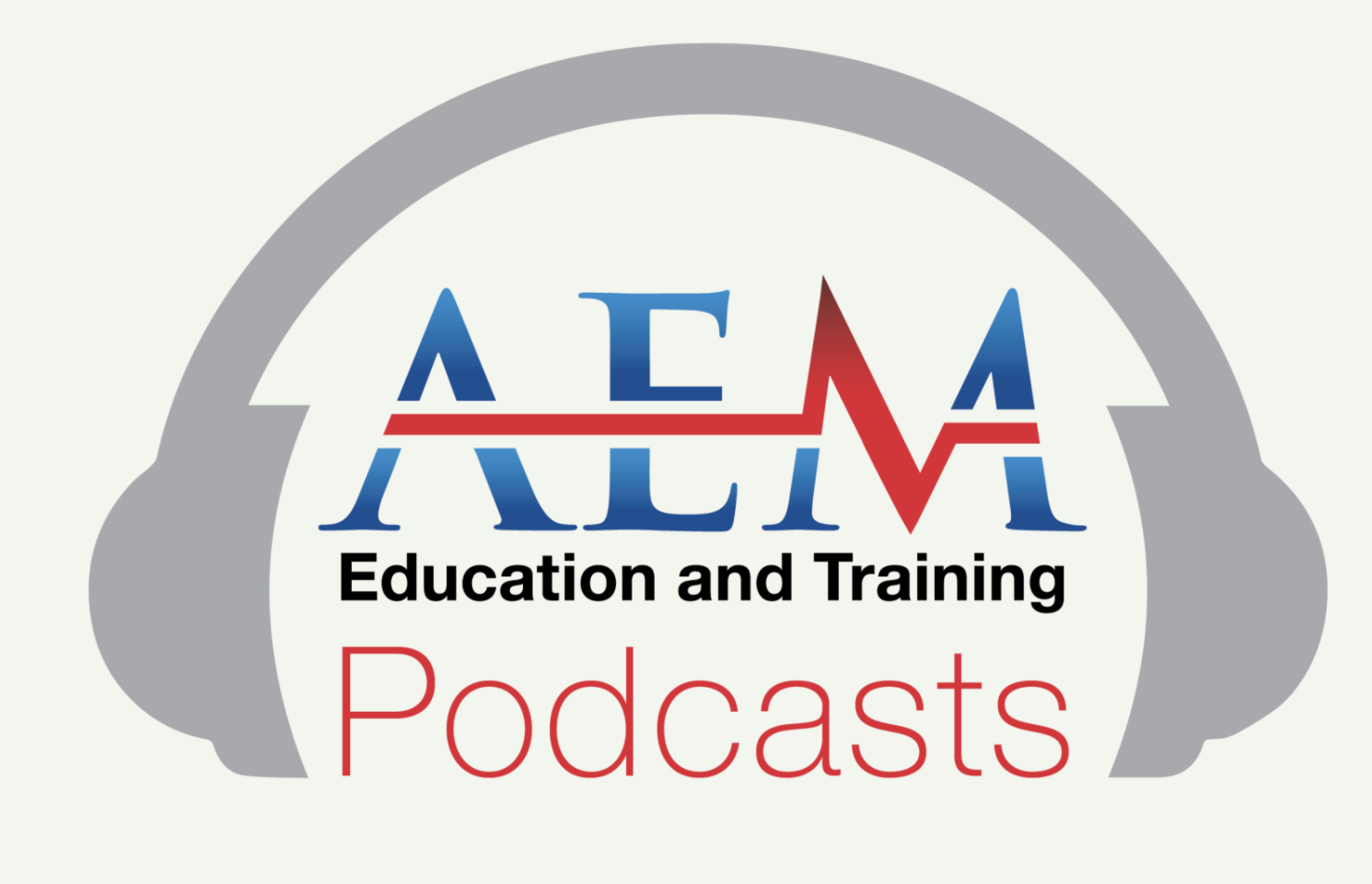AEM Education and Training 38: The Content Expert Program: A Structured Approach to Increase Emergency Medicine Resident Scholarly Activity
Welcome to the thirty-eighth episode of the AEM Education and Training Podcast, a FOAMed podcast collaboration between the Academic Emergency Medicine Education and Training Journal and Brown Emergency Medicine.
Find this podcast series on iTunes here.
DISCUSSING:
Kraftin E. Schreyer MD, MBA, Daniel A. del Portal MD, MBA, Andrea Blome MD, MBA, Michael DeAngelis MD, Jacob W. Ufberg MD
LISTEN NOW: INTERVIEW WITH AUTHOR
Dr. Kraftin E. Schreyer, MD MBA is an attending physician and Associate Professor of Emergency Medicine at the Lewis Katz School of Medicine at Temple University.
Abstract
Objectives
The Accreditation Council for Graduate Medical Education requires residents to participate in scholarship and requires residency programs to provide an environment within which residents can acquire skills related to scholarly activities. However, consensus on the definition of scholarship and structure of program environments does not yet exist. We designed and implemented a content expert program (CEP) in 2015, in which each resident worked with a faculty advisor to develop a longitudinal scholarly activity linked to a core area of practice and, in doing so, became the department's “content expert.” We hypothesized that the CEP would significantly increase the number of scholarly outputs per resident.
Methods
The CEP was structured around an oversight committee composed of key faculty members, which guided development of CEP projects through regular meetings and formative feedback. Each resident generated one or more scholarly outputs from their content area. Outputs were categorized into educational, operational, research, and miscellaneous domains and further identified as intradepartmental, interdepartmental, or interdisciplinary collaborations. The number of outputs was compared to the baseline number of scholarly activities per resident at the study program using a Mann–Whitney U test.
Results
A total of 187 scholarly outputs were generated by 76 residents, which equated to 31.2 outputs per year, or 2.5 outputs per resident. This was a significant increase compared to the program baseline of one output per resident (p = 0.003). Eighteen distinct types of outputs spanned four major categories. Of the outputs, 37 were interdepartmental, 42 were interdisciplinary, and 32 were intradepartmental.
Conclusions
The CEP proved to be a sustainable way to significantly increase scholarly activity and additionally improved collaborative efforts. With the appropriate structure and willing faculty in place, such a program can enhance the practical education provided by residency programs.

